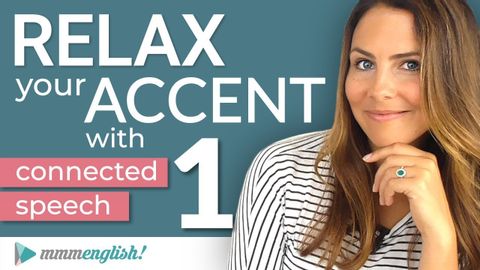
Subtitles & vocabulary
How to RELAX your ACCENT | Part 1 | Connected Speech & Linking in English
00
Gary Choi posted on 2019/08/07Save
Video vocabulary
subscribe
US /səbˈskraɪb/
・
UK /səb'skraɪb/
- Verb (Transitive/Intransitive)
- To regularly pay to receive a service
B1TOEIC
More pronunciation
US /prəˌnʌnsiˈeʃən/
・
UK /prəˌnʌnsiˈeɪʃn/
- Noun (Countable/Uncountable)
- How a word is said; how a word sounds
- The manner in which someone utters a word.
B1
More accent
US /ˈækˌsɛnt/
・
UK /'æksent/
- Transitive Verb
- To give emphasis to (a point you are making)
- Noun
- Feature of a design, e.g. a stripe on a shirt
- Correct spoken emphasis on a part of a word
A2
More Use Energy
Unlock All Vocabulary
Unlock pronunciation, explanations, and filters
